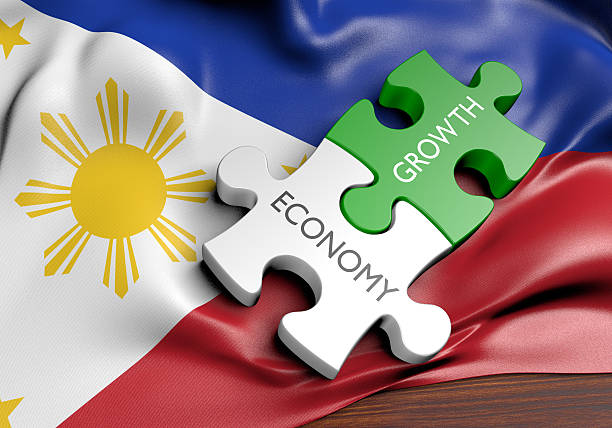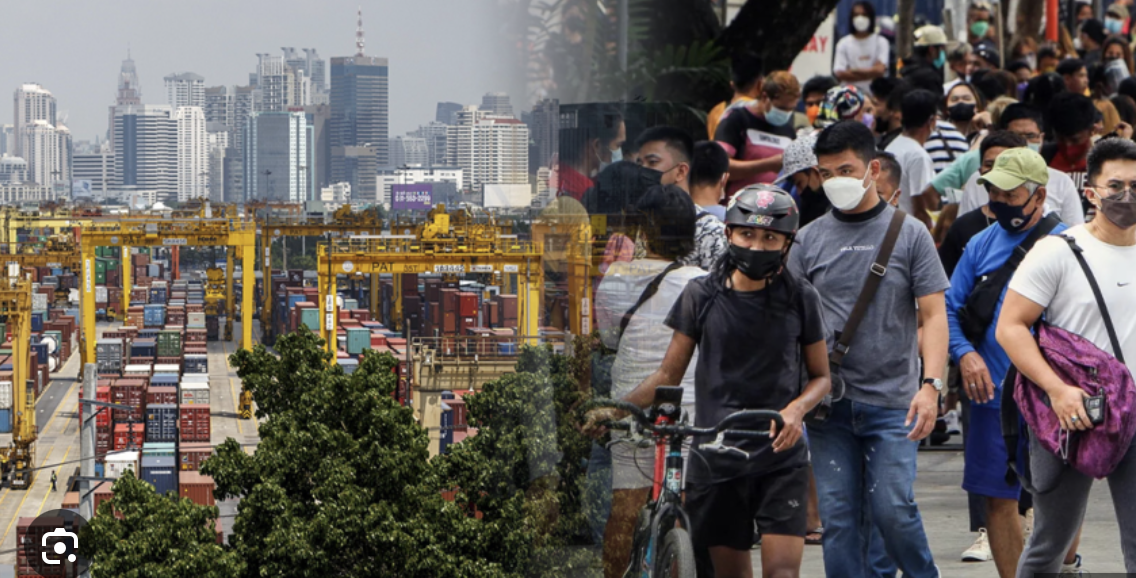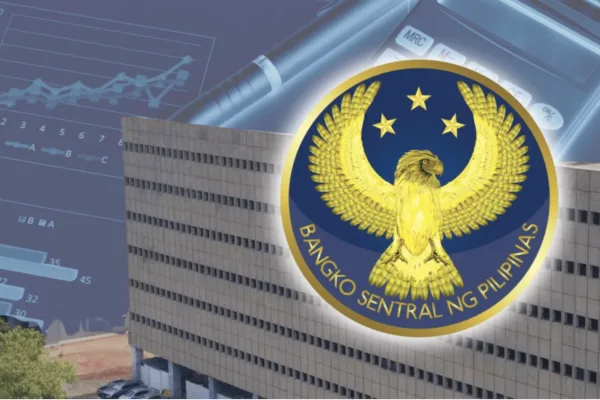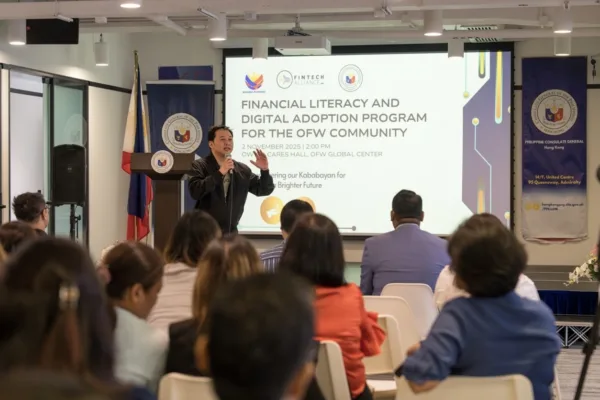Filipino consumers and businesses showed mixed confidence entering the midpoint of 2025, with both groups expressing cautious sentiment amid inflationary concerns, global trade tensions, and political transitions. Despite the dip in current sentiment, optimism remains intact for the rest of the year, signaling resilience and forward-looking confidence in the Philippine economy.
According to the latest Consumer Expectations Survey (CES) and Business Expectations Survey (BES) released by the Bangko Sentral ng Pilipinas (BSP), both consumers and firms showed a slight pullback in confidence for Q2 2025.
However, projections for Q3 and the next 12 months remain largely positive, reflecting steady faith in the country’s macroeconomic fundamentals and manageable inflation expectations.
Consumers tighten belts in Q2, but hope springs for Q3

The Q2 CES revealed that Filipino households felt more pessimistic in the second quarter, largely due to rising inflation, declining family income, and limited job opportunities. The overall consumer confidence index dipped from -13.0% in Q1 to -14.0% in Q2 2025, continuing a negative trend.
A negative consumer confidence index (CI) means that more households are pessimistic than optimistic about the economy. The survey, which was conducted from April 2 – 15, included responses from over 5,400 households nationwide, with the majority from areas outside the National Capital Region (AONCR).
Most notably, the high-income group accounted for 43.6% of respondents — making their changing sentiment especially significant for sectors like fintech and digital banking.
Despite current headwinds, consumers are looking forward to Q3. The CI for the next quarter turned positive, indicating expectations of improved income, more job opportunities, and easing inflation. Inflation expectations over the next 12 months remain within the government’s target range, suggesting that recent price pressures may be viewed as temporary rather than structural.
Businesses moderately optimistic amid trade and seasonal pressures

On the business side, the BES showed a similar pattern. The overall business confidence index fell slightly from 31.2% in Q1 to 28.8% in Q2 2025. This decline reflects concerns over potential reciprocal tariffs on Philippine exports to the U.S., uncertainty following the May midterm elections, and the sugar off-milling season — a predictable lull in agriculture-based business activity.
Still, optimism persists for the next quarter and beyond. The CIs for Q3 and the next 12 months stood at 39.3% and 51.0%, respectively — both down from previous periods, but still firmly in positive territory. This reflects continued optimism in the country’s economic momentum, especially in sectors like construction, manufacturing, and services.
Inflation expectations from businesses also remained well-anchored. Firms expect price levels to stay within the National Government’s target range, which supports continued investment activity, job creation, and consumer spending — all critical drivers of economic recovery and digital transformation.
What it means for the Philippine economy

The mixed signals from consumers and businesses may suggest caution, but they also indicate a maturing economic mindset — one that recognizes short-term volatility without abandoning long-term growth potential.
For fintech firms and digital finance providers, these insights offer key takeaways:
- Consumers may curb spending in the short term, but remain receptive to digital solutions that offer savings, convenience, and financial security.
- Businesses are signaling readiness to invest, especially if inflation stays manageable — paving the way for more B2B fintech partnerships, digital payroll services, and embedded finance innovations.
- The steady optimism in 12-month outlooks reinforces the need for data-driven forecasting tools, risk modeling, and customer sentiment analytics — key services many fintech platforms can enable.
While uncertainty remains a defining feature of 2025’s economic landscape, both Filipino consumers and enterprises appear ready to adapt — armed with cautious optimism and a growing appetite for innovation.








